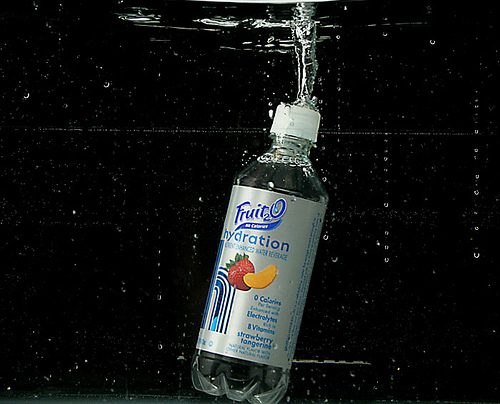By Kenneth Muir (Contributor) – Email
Print Edition: February 22, 2012
Whenever people look for new ways to improve their fitness or health, there are two broad categories to which they immediately spring.
The first, annoyingly, is diet. Unfortunately eating healthily is not the same as dieting, which most people confuse: diets are a set of guidelines or rules to follow when eating meals. The confines of a diet promote feelings of rigidity, imprisonment, and worst of all, impermanence. The unsaid implication of dieting is that they can be abandoned after the health or weight-loss goal is met. This, of course, is decidedly false. Furthermore, diets expect you to follow a plan that gives you little in the way of useful knowledge, of not only how the diet works but also how to practically apply the diet to different situations. It’s like teaching someone to fish without explaining what the rod is for. As a result, diets ask for a lot of faith, as the sellers either don’t explain how the diet works, or they explain it in some form of pseudoscience. In contrast, eating healthily requires an amount of explanatory knowledge that just covers what’s good for you and what isn’t, and at what quantities are the tipping points. After that, it’s just a matter of tailoring your intake and doing some math. It also promotes permanent solutions to eating right.
The second category people jump to is regular exercise. Ideally, good nutrition can be combined with exercise to promote the greatest possible results, and therefore should succeed as the shortest path to meeting fitness goals. Right? Actually, no. Creating the shortest path to successful fitness goals depends on a variety of different categories.
Unfortunately one of the most important categories is often overlooked; it is also one of the easiest to maintain: hydration. It’s so simple and easy to add to your daily routine, you’ll wonder why you never did it before, especially considering the substantial benefits it can provide.
Water has multiple roles in the body, be it lubricating joints, getting blood cells to where they need to go, or regulating body temperature. As a result, if you are markedly dehydrated, the proficiency of water to promote wellbeing diminishes significantly, and it doesn’t take much for things to go downhill in a hurry. In Aaron Ralston’s novel Between a Rock and a Hard Place, he details the onset of dehydration through to its extremes. When dehydration first sets in, sufferers experience a marked increase in heart rate, an inability to regulate body temperature, and great feelings of fatigue. A near-fatal amount of dehydration caused Ralston to lose over 20 lbs of body weight, have a higher-pitched voice due to his vocal cords being stretched so thin (his tissues were losing their elasticity), and also caused him to experience hallucinations.
So what does this have to do with staying healthy? Researchers from the University of Alabama discovered that by losing just three per cent of one’s body weight by induced dehydration, subjects’ heart rates were significantly higher; they could not perform nearly as well in the weight room; and their perceived effort was significantly higher. Meaning, of course, that their bodies were doing more effort for less gain. Basically, this means that by being even slightly dehydrated, you can’t approach the right levels of performance that need to be achieved for your workout. Your workouts will, in turn, become less effective, essentially slowing your path to your goals.
This can easily be avoided by simply drinking more fluids throughout the day, generally between 2-3 liters or more. A specific amount depends on gender, body weight and daily exertion, and scientists can’t seem to agree which specific amount could be considered “adequate” based on these factors. In any case, having a slight excess of water intake won’t hurt you. It’s especially important to drink lots during and after your workout to stop your body from losing its performance potential via dehydration.
An interesting if slightly gross method for monitoring your hydration level is to survey the color of your own urine. Optimally it should be only slightly yellow, or almost clear. If it’s a dark yellow, than you should definitely be drinking more.
Hopefully this information will further optimize your path to success, and keep you well-hydrated in order to tackle your workouts in your prime.


